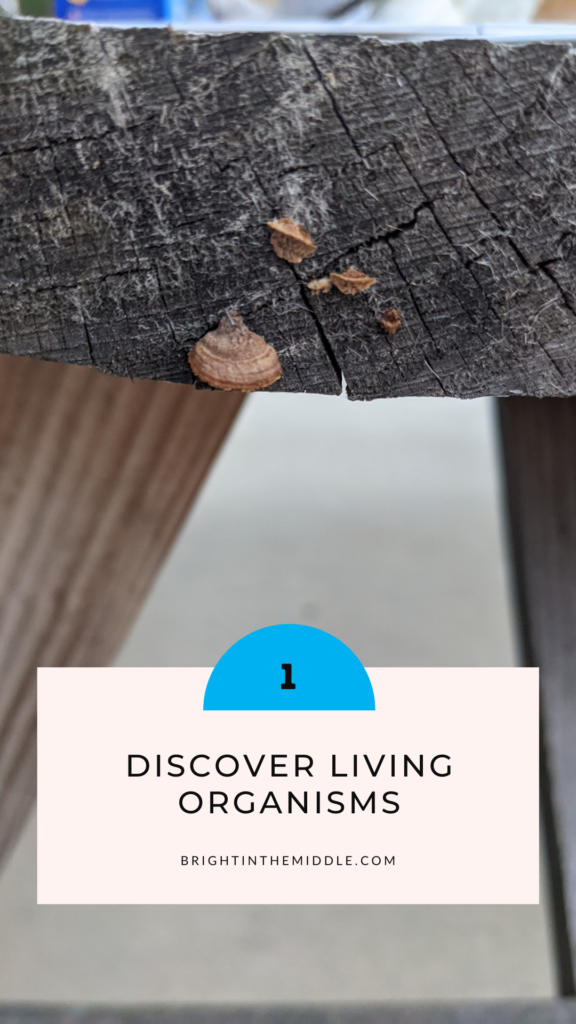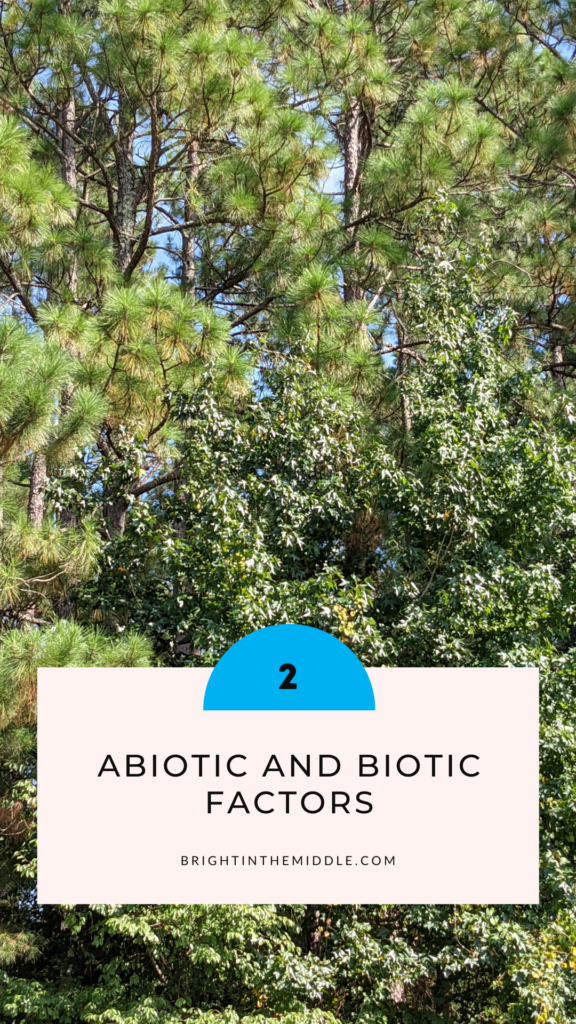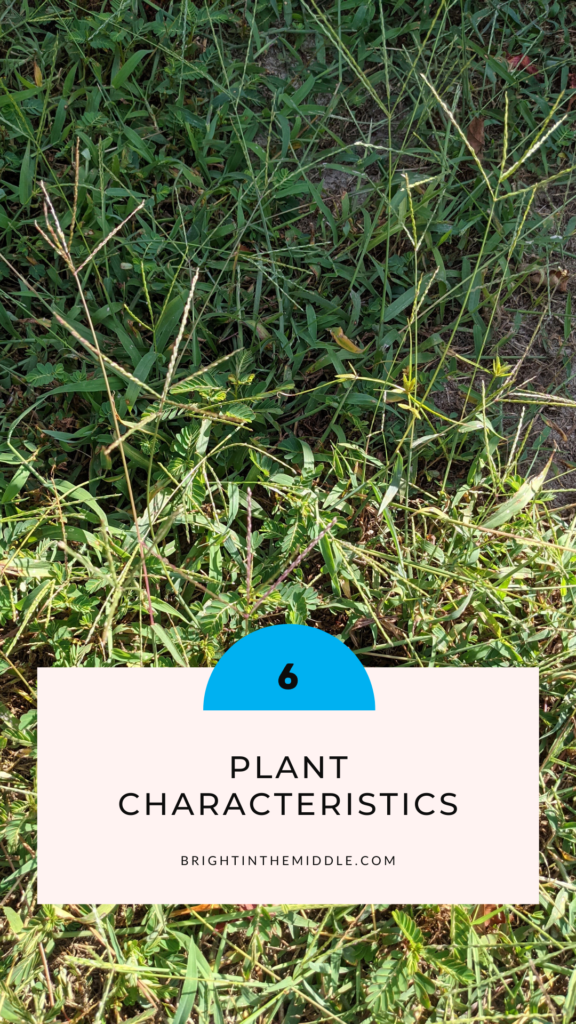This year, more than ever before, it seems SO much harder to teach. This is for a NUMBER of reasons, and it’s so hard to pinpoint. It’s not the students fault. Many of the students at our school have not been in a structured setting since March 2020. They are learning the rules all over again, and for many of them, they are in middle school for the first time, and things are just done differently in middle school, and students haven’t quite figured it out.
Why are students bored in school? Many students are very restless and having a hard time being cooped up in the class. Hmmm…what to do when bored in class? Even if your classroom is very entertaining, sometimes, you just have to get out!
Why Are Students Bored in Class?
Have you ever wondered why students get bored in class? There are so many reasons really. They could already know the material, and it’s too easy for them. It could be the total opposite as well. They just don’t get it, they could be tired, or they could just need a change of scenery! I get like this as well. I could be having the time of my life, but just need a change of scenery to get recharged!
Bored Students in Classroom? Teach Science Outdoors!
Learning how to entertain students in class can be an overwhelming task. Students bored in class, what to do? Teach your science class outdoors!! Science is all around. Here are just 7 topics you can discuss while outside.
7 Fun Science Topics to Talk About Outside:
Discover Living Organisms
Take your students outside to discover living organisms. Your students may already be familiar with living organisms such as humans and animals, but what do they know about plants, fungi, protists? Taking students outside to look for and discover living organisms is a great way to spark conversation.
There is an AWESOME app called Seek by iNaturalist that works as an amazing tool to identify organisms. Just scan the organism, and the app works to identify the organism and more. I actually just used in yesterday myself!

Abiotic and Biotic Factors
Taking living organisms a step further, students can go outside to discuss abiotic and biotic factors. You can send your students on a scavenger hunt!
Have your students to identify and search for 5 abiotic factors and 5 biotic factors. Be sure they take pictures. The first group to win gets a prize!

Photosynthesis and Cellular Respiration
When you walk outside, you see great examples of photosynthesis and cellular respiration occurring. Of course, you can’t see it at the molecular level, but you can see it as an umbrella view. Plants, trees, and other autotrophic organisms are soaking up the sun, living the process of photosynthesis, and expelling carbon dioxide.
We breath in the oxygen, and the wonderful process of cellular respiration takes place, and breath out that carbon dioxide for the plants and such.
It’s a beautiful cycle, and although students may not be able to “really” observe it. It’s a great real-life conversation starter when you are outdoors. Students can study the plants and get to thinking about how all of this can take place!

Homeostasis
Depending on the temperature outside, students may or may not be experience some serious homeostasis occurring, haha.
If it is hot or cold outside, students may either be sweating or shivering. This is an awesome conversation starter about homeostasis and survival.
What else may our body do to maintain balance?

Energy Transfer
The transfer of energy is all around us. Currently, as I type, the chemical energy from the food I ate, and the coffee I just inhaled, is transferring the mechanical energy.
Outside is no different. You can take your students outside at the beginning, middle, or end of your energy unit, and I’m sure you’ll have a great conversation.
Have your students to make a list and draw just 10 examples of energy transfer occurring outside.
Haven’t quite gotten to energy transfer yet? Just have your students to write down 10 examples of forms of energy!

Plant Characteristics
Why are weeds SO successful? What are some of their structures that help them to survive and thrive? This is a great conversation to have before talking about the processes and behaviors of plants that help them to survive and reproduce.
Is it even the structures and functions of these organisms that help them survive, or is there a whole microbiome we can’t even see behind the scenes helping these things out?

Clouds
I would take my students out EVERY SINGLE YEAR for this one topic right here! Clouds! They are in the sky every day, well mostly.
Is it raining outside today? There’s always tomorrow and the next day. Don’t stress on timing. There’s always time to learn new things.

More Resources on How to Avoid Boredom in Class
Check out these awesome resources to fight boredom in your classroom. Take those babies outside!
Outdoor Science Projects and Activities



[…] on the size of the room, you can do this inside or outside. You can also choose to let the whole class play a game of tug-of-war, or just choose a few […]